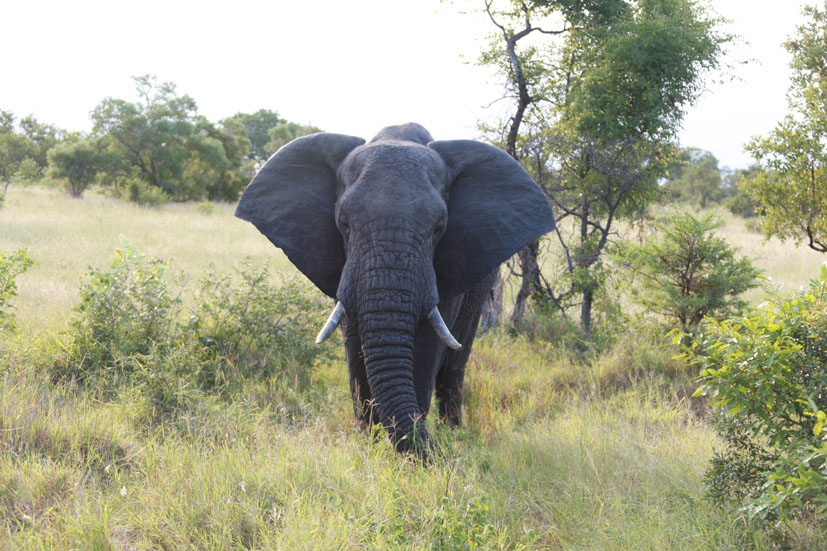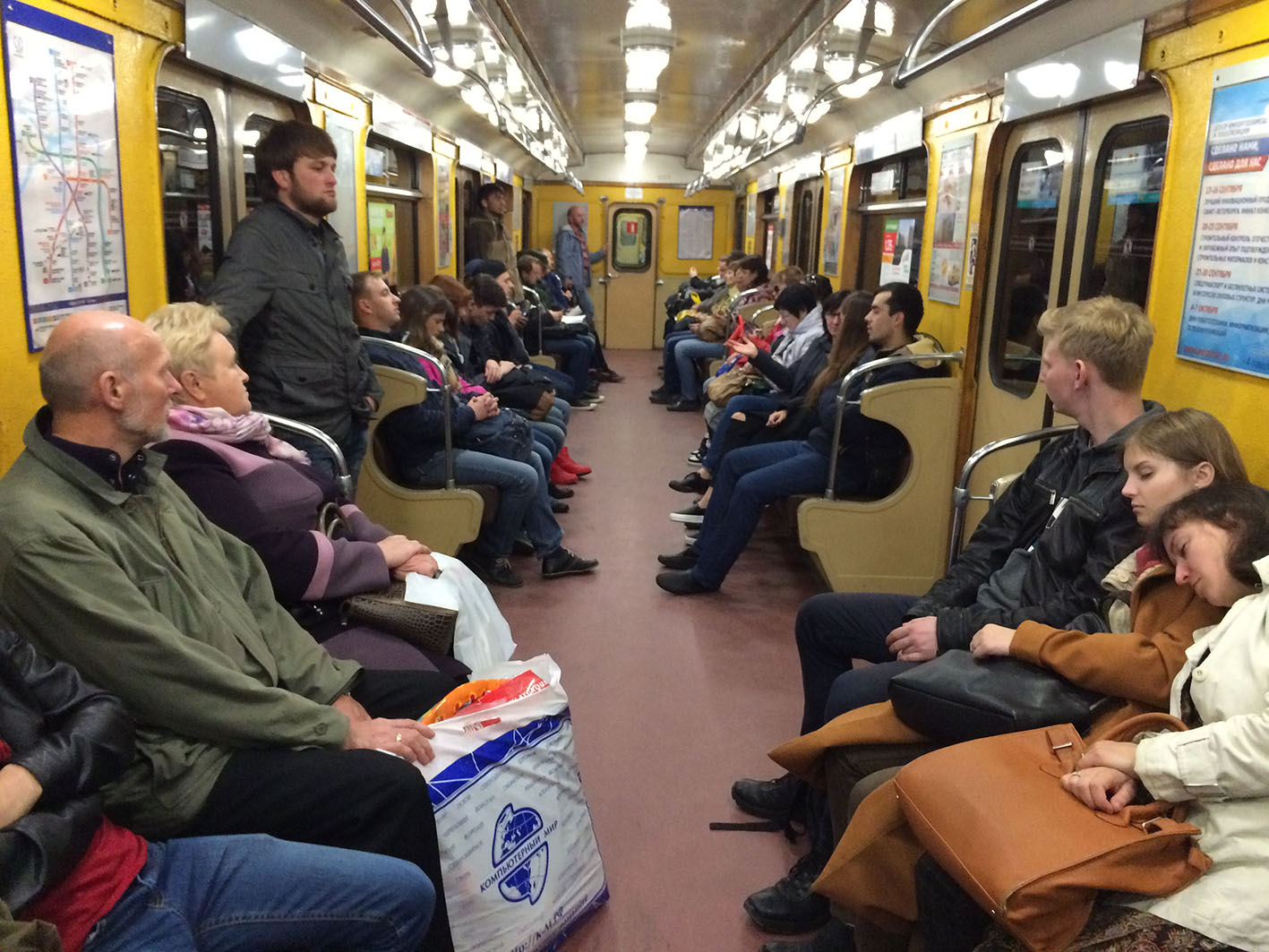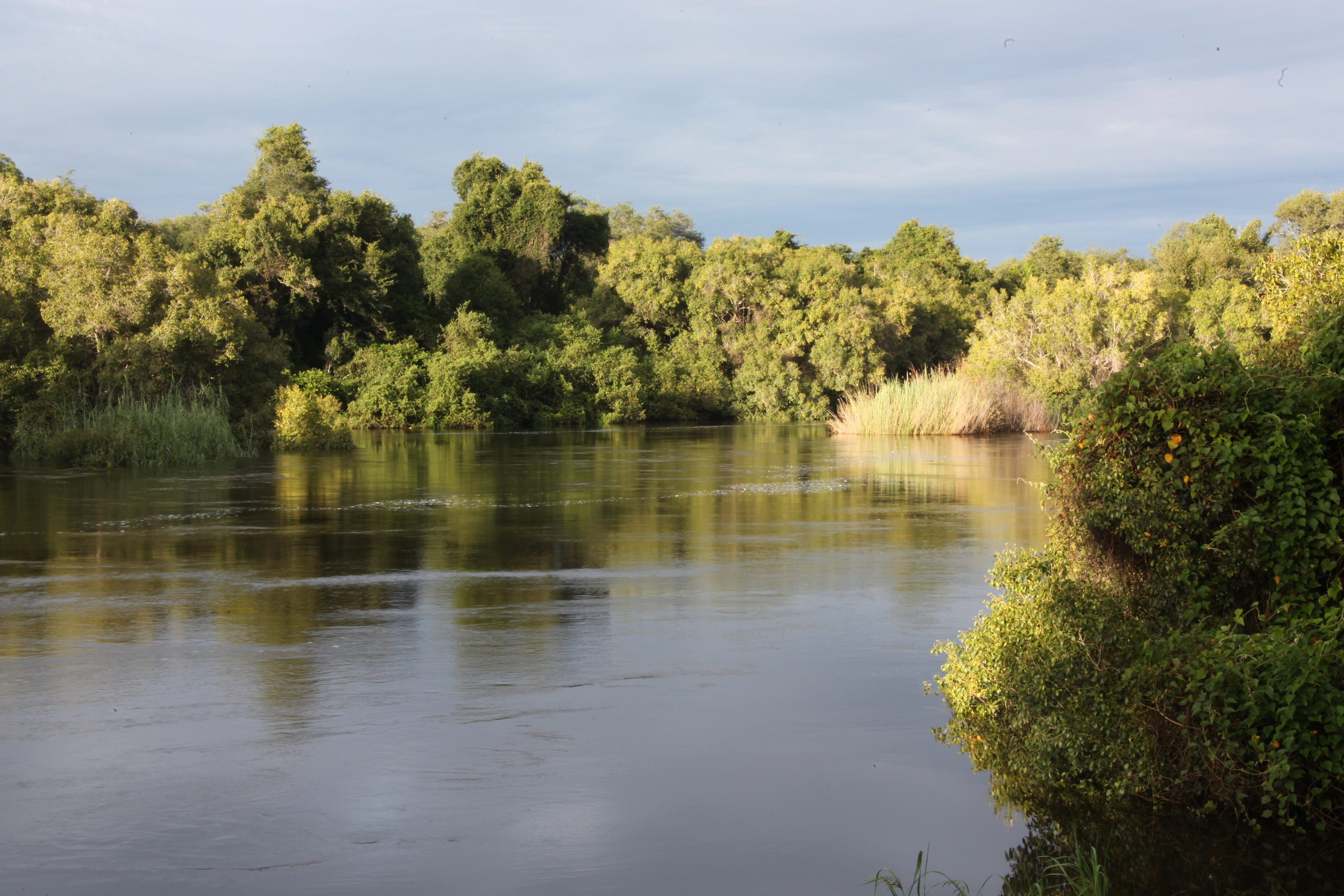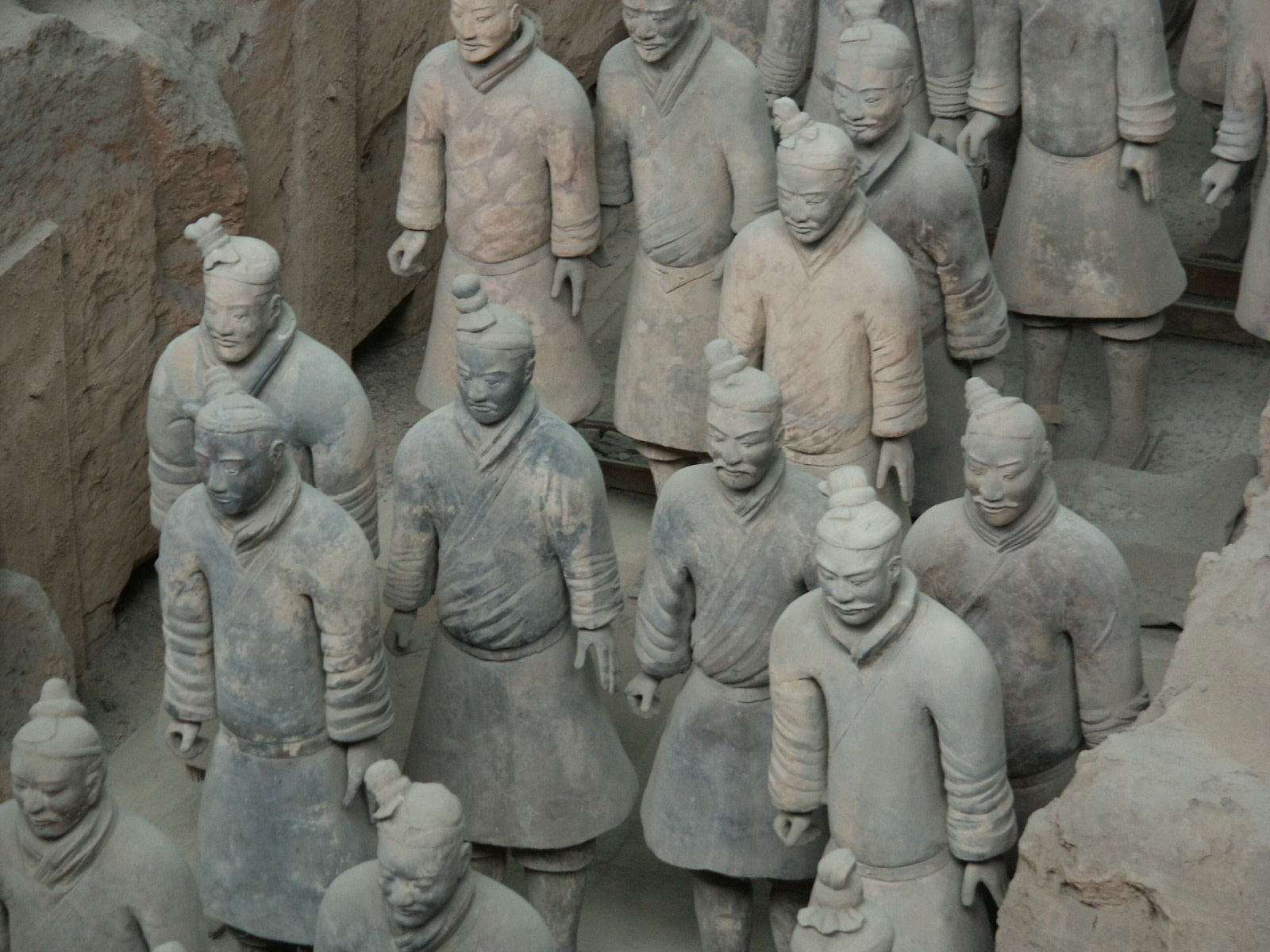
CAROLINE HURRY has a wild time in the Lowveld en route to the Kruger National Park
Pothole dodgers usually tool up the N4, speeding past White River en route to the Kruger Park. To do this is to miss a fine stopover opportunity, so we – my husband, three Danish friends and me – hit the brakes outside the small town. Basking on the sun-bleached banks of a Crocodile tributary, White River rises from ancient rock and grasslands, a dorp hewn from wattle and daub by demobilised Anglo-Boer War soldiers who sought salvation in citrus farming. Set in fine Jock of the Bushveld country, it is the perfect place for purveyors of pannekoek, wooden barstools and lurid batik tablecloths.
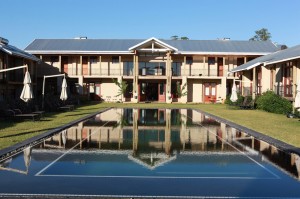
Blue skies, scarlet bougainvillea, and orange trees frame landscapes that once saw traders creaking their way to Mozambique on wooden wheels pulled by oxen. Now palm trees, shops, cellphone masts and a huge church proclaiming to be “Die Oase Van Jesusliefde” line the main drag. Further south, the Lowveld National Botanic Gardens on the R40 towards Nelspruit houses a superb collection of ferns, cycads and aloes. Further north is Hazyview and the Kruger Park, 20 000 km2 of mixed woodland savanna, established 112 years ago by Transvaal Boer Republic President, “Oom” Paul Kruger, in reaction to the disastrous depletion of game in the Lowveld.
We stopped at Casterbridge Farm, a village-style development on a former mango plantation, just north of White River. Here, a chocolatier leads shoppers into calorific temptation and boutiques rub shoulders with art galleries in shady courtyards. Potters, restaurants, antique shops, travel agents, cocktail lounges and coffee bars share rambling terraces bordered by foliage. The egalitarian atmosphere conjures a sense of Provence … with a pinch of Pretoria, perhaps.
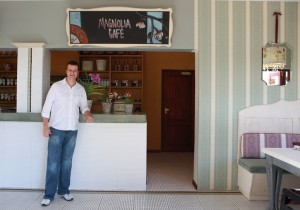
On Saturdays between 7am and 2pm the Village Market sells vegetables, jams, preserves, breads, flowers and deli items. Casterbridge Farm’s eco-trading concept – all products are locally made – proves big city trappings can be enjoyed within verdant surrounds. Developed by local entrepreneur, Louis van der Merwe, the eco-shopping concept grew so big that the Casterbridge Hollow Boutique Hotel – our accommodation for the night – was built in 2009 to accommodate all the visitors.
Our room’s glass floor-to-ceiling sliding doors opened onto a grassy courtyard dominated by a long pool. In Europe, most upper-end hotels feel cramped by comparison and our Danish guests appreciated the space.
That evening we enjoyed dinner at the Magnolia Restaurant. Run by Jamie Watt and his business partner Andre Visagie, it has a “kitsch cool” South African twist. Expect blue doors, a Japanese-type floral mural, “Afrikaner charity shop” lamps, a camp, beaded chandelier, eccentric mirrors, skylights and attentive service.
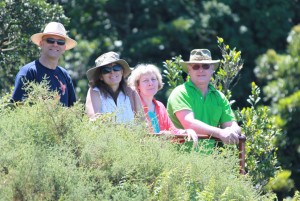
The next morning we set off for God’s Window – on a clear day you really can see forever – before heading for Paul Kruger Gate via Hazyview. Sadly there wasn’t time to show our guests the Blyde River Canyon, as we were heading for Skukuza in the opposite direction. After a leisurely, winding drive with great bird and baboon sightings en route, the huge granite features of Oom Paul Kruger loomed on our right. The sculpture by Coert Steynberg overlooking the Sabie River survived all removal attempts in the name of political correctness. And rightly so; our magnificent Kruger Park might not exist today, had it not been for Oom Paul’s love for the bush and all its creatures.
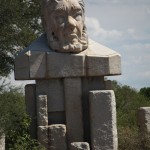
The Stevenson Hamilton library in Skukuza contains old books, including several by my herpetologist grandfather, Dr VFM FitzSimons, stone tools and memorabilia used by rangers. You can even see the skin of the massive lion that Harry Wolhuter stabbed twice in the heart. Also at Skukuza is an original train carriage and part of the station used in the Kruger from the mid-1920s to 1972.
The old Selati line still runs through the concession. One night at the Newington Siding stop, the train driver peered into the darkness and, seeing nobody, failed to stop. Meanwhile, commuters forced into trees by hungry lions watched in dismay as their train steamed on towards Komatipoort. After that, drivers were instructed to search the branches for passengers.
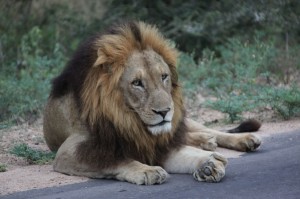
I told my guests this story as we stopped to admire a lion on the side of the Skukuza Road. Surrounded by cars and clicking cameras, he sat with the aloof expression of a Hollywood icon coerced into a promotional event, delicately washing ham-sized paws with his long pink tongue. He turned his huge head this way and that, showing off his black and gold mane to its best effect. Then, just in case anyone mistook him for a dandy lion, he let out a roar that shook the car. One of our Danish guests sank to the floor in fright. It was all most satisfactory.


